Grapes Sensation: description, cultivation, reviews
Grapes traditionally considered a southern culture. However, with the advent of new varieties and hybrids, the development of technology, today this crop is available for cultivation even in the Urals and Siberia. The key to getting the harvest is the correct choice of the variety. For temperate climates, choose grapes with a short ripening period.
Content:
- Description of the variety
- Growing conditions
- Landing dates and rules
- Rules for feeding and watering
- Pruning and preparing for winter
- Pests and diseases
- Reviews about grapes
Description of the variety
The variety, or rather, the hybrid form "Sensation", was bred not at the selection station, but in the amateur farm of the vine grower V.U. Kapelyushny. (Aksay district of Rostov region). The hybrid was obtained by crossing the Novocherkassk variety "Talisman" and the Uzbek variety "Rizamat". From parental forms "Sensation" took the best: from "Talisman" - the strength of growth, the size of berries, resistance to frost and diseases; from "Rizamata" - large clusters, the color of berries.
Characteristics of the hybrid form "Sensation":
- Purpose - dining room.
- Ripening period - very early (105-115 days).
- The growth force of the bush is great (in a self-rooted culture).
- Ripening of the vine is high (2/3 of the growth length).
- The average weight of a bunch is from 700 g to 1.5 kg.
- The shape of the bunch is cylindrical-conical.
- The shape of the berries is elongated (finger).
- The mass of one berry is up to 22 g.
- Berry length - up to 55 mm.
- Color - yellow-pink (reddish when fully ripe).
- The taste is pleasant, harmonious, with a nutmeg aroma.
- The pulp is juicy.
- The skin is of medium thickness.
- The duration of preservation of marketable berries is high.
- Frost resistance of the fruit bud - up to -24 ° C.
- The yield is stable.
- The duration of preservation of marketable berries is high.
- Disease resistance (mildew, gray rot, powdery mildew) - 2.5.
Growing conditions
Consider the requirements of the grape culture to the main environmental conditions:
- Temperature. It's no secret that grapes are a thermophilic plant. It is the temperature factor that is limiting for growing crops in our climatic conditions. Important! Too high air temperature (above 35 ° C) inhibits the growth of grape bushes, slows down photosynthesis.
- Shine. During the entire growth period, grapes require good lighting... Its deficiency provokes the fall of flowers and leaves. Grapes are a long day crop.
- Moisture. Grapes are hygrophilous. The required amount of precipitation is 600-800 mm per year. The greatest need for water occurs during the period of the beginning of growth in spring and during the ripening of berries. At the same time, heavy rainfall does not always benefit the grapes. At the time of flowering, they prevent pollination and reduce the yield. When the berries ripen due to rains, the amount of sugar in the grapes decreases, and rot appears.
- The soil. Grapes need light, permeable soils. It can grow on black soil, sand and even on gravelly soil in the mountains. Each variety has its own preferences. Swampy and saline soils are unacceptable for grapes.
Landing dates and rules
You can get grapes of the "Sensation" variety on your plot by purchasing a cutting or a seedling.Although the rooting rate of its cuttings is about 80%, it is better for a beginner winegrower to purchase a one-two-year-old tree with a closed root system (in a container). These grapes can be planted throughout the summer.
In central Russia and more northern regions, some gardeners use greenhouses for growing grapes with the possibility of heating. Also in these regions, experts recommend not planting first-year seedlings in open ground, but keeping them in containers. In this case, for the winter they are removed to the basement, and in the spring they are taken out and planted in the ground only after the end of return frosts (at the beginning of June).
For planting in open ground, choose a sunny place, protected from the winds.
To increase the sum of active temperatures for planting, use the southern slope, a site near the southern wall of a house or fence. Depending on the climate and type of soil on the site, one of two planting methods is used:
- Planting in trenches or holes is used on light sandy soils, as well as in regions with little snowy winters.
- Landing on loose ridges is used on slowly warming clay soils, with a high occurrence of groundwater, in areas with short summers.
When planting next to a bush (30-50 cm from the base), a cut from a pipe or a plastic bottle without a bottom is buried so that when watering, water flows directly to the roots. When planning a place for planting, varieties are distributed according to the ripening period, the need and quality of shelter for the winter, and the purpose. The distance between the bushes of table varieties is left at least 1.5 m, between the rows - 2-2.5 m.
Rules for feeding and watering
Intensity glaze grapes depend on the age of the bush and the purpose of the variety. In the first two years, young vines must be watered. In the future, wine varieties try not to water, so that root system the plants themselves made their way to the water in the soil.
In the south, in vineyards, plantations are watered in the spring before bud break, before and after flowering, and then every 15-20 days. Finish watering 25 days before harvest. In the fall, water-charging irrigation is carried out.
Gardeners recommend checking the need for irrigation by measuring soil moisture near the bush at a depth of 15-20 cm.
If the ground is not dry, watering is not needed. Watering is carried out along furrows made in the aisles (depth 15-25 cm at a distance of 50 cm from the bush) or in pipes for irrigation. Sprinkling is not used.
The grapes are also fed through furrows-trenches 60-70 cm deep, dug a meter away from the bushes. In the fall, 6-8 kg of manure (rotted) and 80-100 g of ash are introduced per 1 square meter.
Pruning and preparing for winter
Way trimming and the formation of the vine depends on the variety and the growing region. In the northern regions, a non-standard fan forming with 3-6 sleeves is used. For vigorous varieties, such as "Sensation", use cordon formation.
In the first year after planting, the seedling is not cut.
In the future, it is formed in accordance with the chosen technique. Pruning is carried out in the fall after leaf fall. At the same time, the number of eyes recommended for the variety is left, taking into account their possible freezing in winter. For the "Sensation" variety, it is recommended to leave 8-10 buds on the vine. The load on the bush is 40-45 eyes. During the growing season, the appearing stepchildren (shoots of the second and third orders) are regularly removed from the grapes. Young branches are cut completely, and lignified ones are cut into 4 leaves. A couple of weeks before the harvest ripens, pinch off the leaves that block the bunches from the sun (no more than 5 pieces from each bunch). So more light enters the berries, and they gain sugar content.
Even in the southern regions of Russia (Rostov Region, Krasnodar and Stavropol Territories), table grape varieties are sheltered for the winter. In the middle lane, the most winter-hardy varieties are chosen for cultivation or indoor ground is used.In autumn, the vine is removed from the trellis, laid on the ground (after having laid, for example, boards) and covered with lutrasil or spruce branches. A film shelter is erected on top with slots for ventilation. Frost-resistant varieties hibernate under natural snow cover. When growing grapes in trenches, they are laid there on spruce branches or boards. They remove the shelter in the spring gradually after the onset of a stable plus. It is better to do this in cloudy weather or in the evening, so that the delicate vine does not get sunburn.
Pests and diseases
The most famous and dangerous pest of grapes is phylloxera, a grape aphid. In European grape varieties, it infects the roots and is not harmful to the leaves. The larvae of the pest enter the roots of the plant and stick to them. Swelling appears on the roots, necrotic processes develop.
Spreading aphids can completely destroy vineyards, especially young ones. The method of control is the use of phylloxera-resistant rootstocks. Infected areas must be uprooted.
Common grape diseases:
- Mildew or downy mildew is a fungal disease of grapes. It affects all aerial parts of the plant. It can manifest itself in different ways: oily spots on the leaves, under which a fluffy bloom forms on the underside of the leaf, small spots with white bloom on the back of the leaf, rotting of flowers and berries, shrinking and mummification of ripe berries. Prevention of the fight against the disease is carried out with the help of growing resistant varieties, periodic spraying with chemicals.
- Oidium (powdery mildew) Is also a disease caused by a fungus. In Russia, it is less common than mildew. It appears as spots on the leaves with a gray-white bloom. Green shoots and berries are also covered with a light bloom. The affected areas of the plant are cut out. On plantings, preventive spraying is carried out.
- Anthracnose is a disease common in southern humid climates. Caused by a fungus. It appears as brown spots on leaves, shoots and berries. For the prevention of struggle, vineyards are treated fungicides.
Reviews about grapes
Sensation is a relatively new hybrid form. However, you can already read the opinion about it on the forums of amateur winegrowers. So, everyone notes the good appearance and taste of the variety, early ripening, the compliance of the size of the berries and bunch of Sensation with the parameters declared by the manufacturer. Among similar varieties are called Transformation, Julian, Anniversary of Novocherkassk, Victor.
In favor of the variety is the fact that many winegrowers and nurseries in Ukraine and Russia offer for sale cuttings and seedlings of "Sensation", confirming the high commercial qualities of the grown grapes by video filming.
So, the rules for caring for grapes vary greatly depending on the selected variety and the growing region. Table forms of grapes, such as the Sensation hybrid, are recommended to be sheltered for the winter even in the southern regions. Despite the short ripening period of the variety, it is impossible to achieve a rich harvest without careful care and formation of a rich harvest. However, we are sure that once you grow your own grapes, you will understand that all the efforts made were not in vain.
More information can be found in the video:



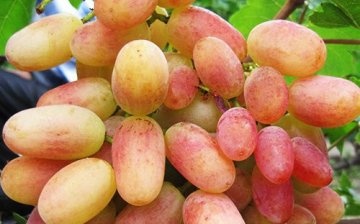
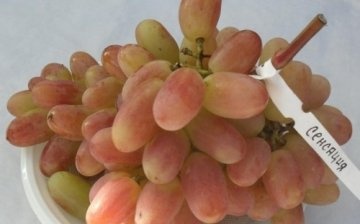
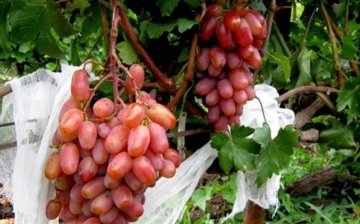
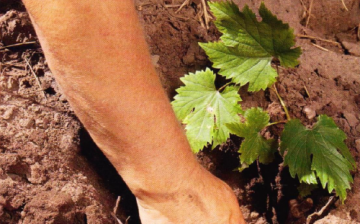
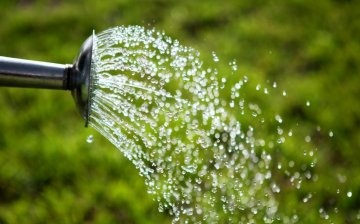
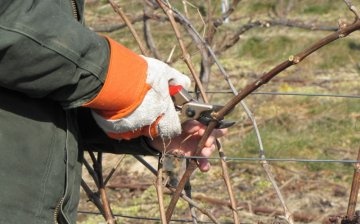
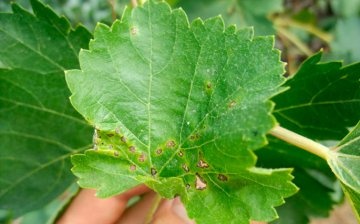
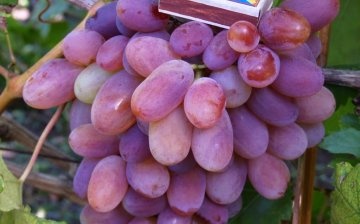








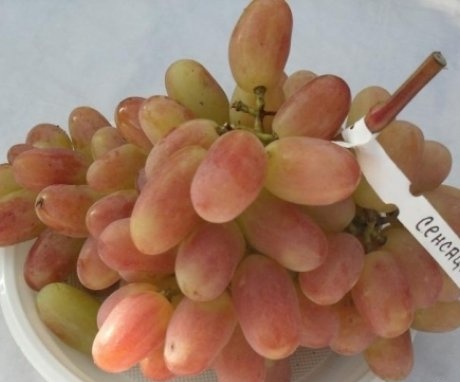
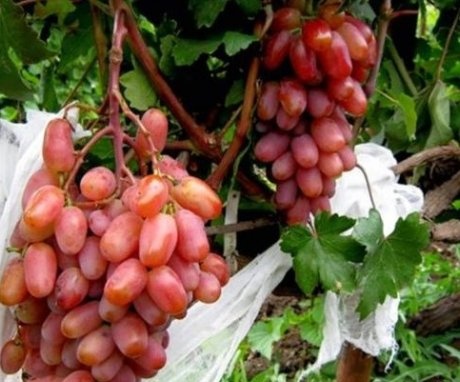
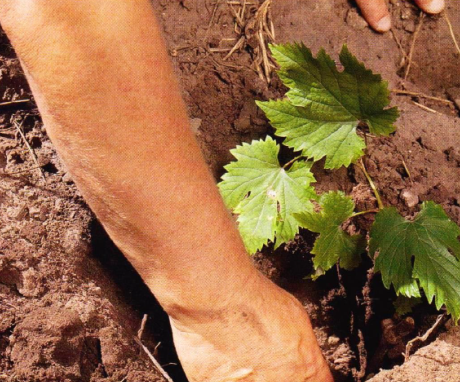
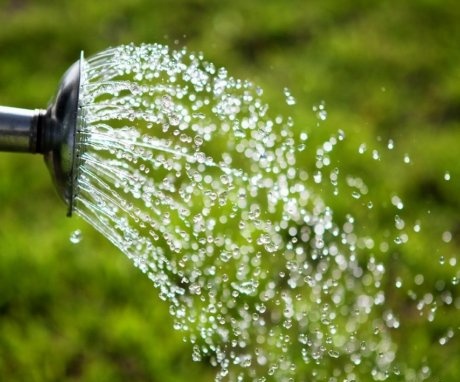
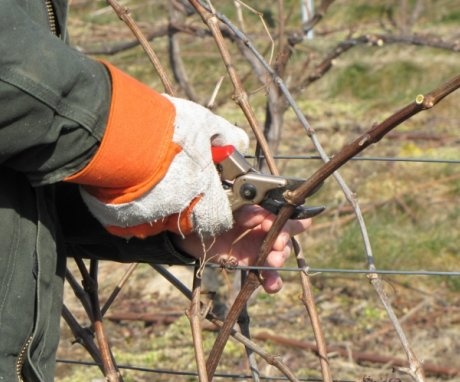
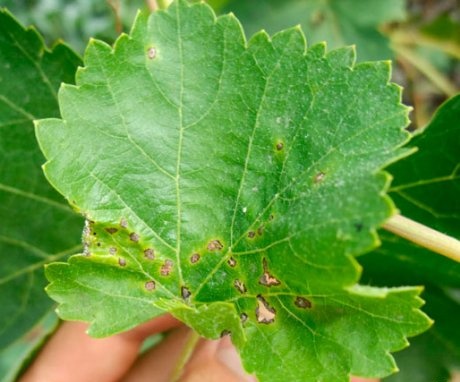
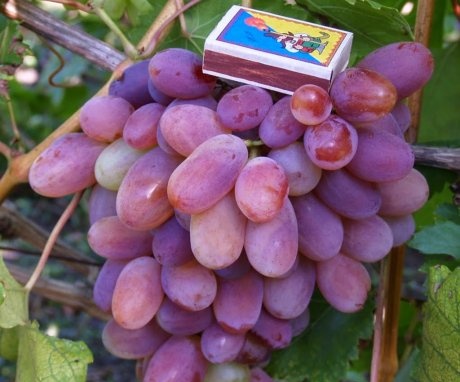
This variety is fully consistent with its name. I had to try with relatives. The taste is incomparable, outwardly the berries are so appetizing that it is impossible to stop while eating.